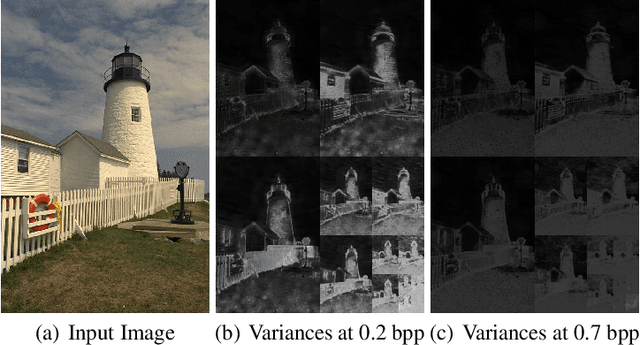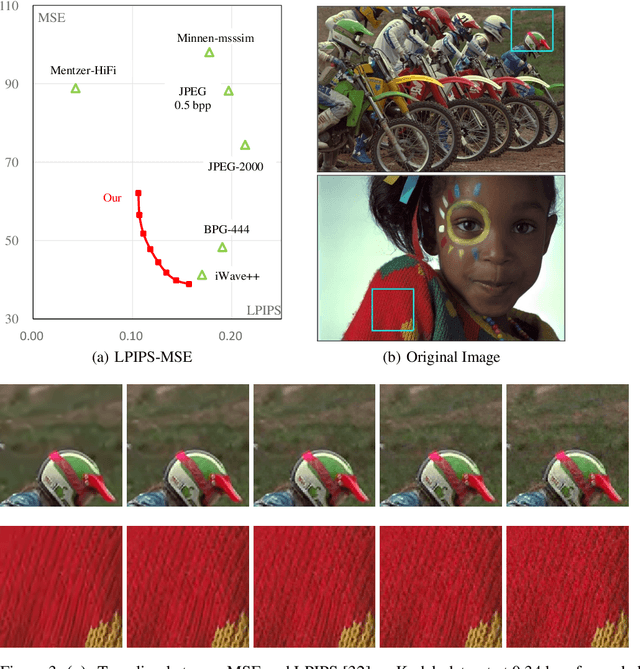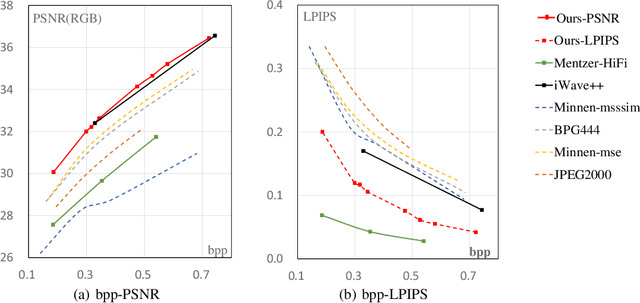Cunhui Dong
Wavelet-Like Transform-Based Technology in Response to the Call for Proposals on Neural Network-Based Image Coding
Mar 09, 2024



Abstract:Neural network-based image coding has been developing rapidly since its birth. Until 2022, its performance has surpassed that of the best-performing traditional image coding framework -- H.266/VVC. Witnessing such success, the IEEE 1857.11 working subgroup initializes a neural network-based image coding standard project and issues a corresponding call for proposals (CfP). In response to the CfP, this paper introduces a novel wavelet-like transform-based end-to-end image coding framework -- iWaveV3. iWaveV3 incorporates many new features such as affine wavelet-like transform, perceptual-friendly quality metric, and more advanced training and online optimization strategies into our previous wavelet-like transform-based framework iWave++. While preserving the features of supporting lossy and lossless compression simultaneously, iWaveV3 also achieves state-of-the-art compression efficiency for objective quality and is very competitive for perceptual quality. As a result, iWaveV3 is adopted as a candidate scheme for developing the IEEE Standard for neural-network-based image coding.
End-to-End Image Compression with Probabilistic Decoding
Sep 30, 2021



Abstract:Lossy image compression is a many-to-one process, thus one bitstream corresponds to multiple possible original images, especially at low bit rates. However, this nature was seldom considered in previous studies on image compression, which usually chose one possible image as reconstruction, e.g. the one with the maximal a posteriori probability. We propose a learned image compression framework to natively support probabilistic decoding. The compressed bitstream is decoded into a series of parameters that instantiate a pre-chosen distribution; then the distribution is used by the decoder to sample and reconstruct images. The decoder may adopt different sampling strategies and produce diverse reconstructions, among which some have higher signal fidelity and some others have better visual quality. The proposed framework is dependent on a revertible neural network-based transform to convert pixels into coefficients that obey the pre-chosen distribution as much as possible. Our code and models will be made publicly available.
 Add to Chrome
Add to Chrome Add to Firefox
Add to Firefox Add to Edge
Add to Edge